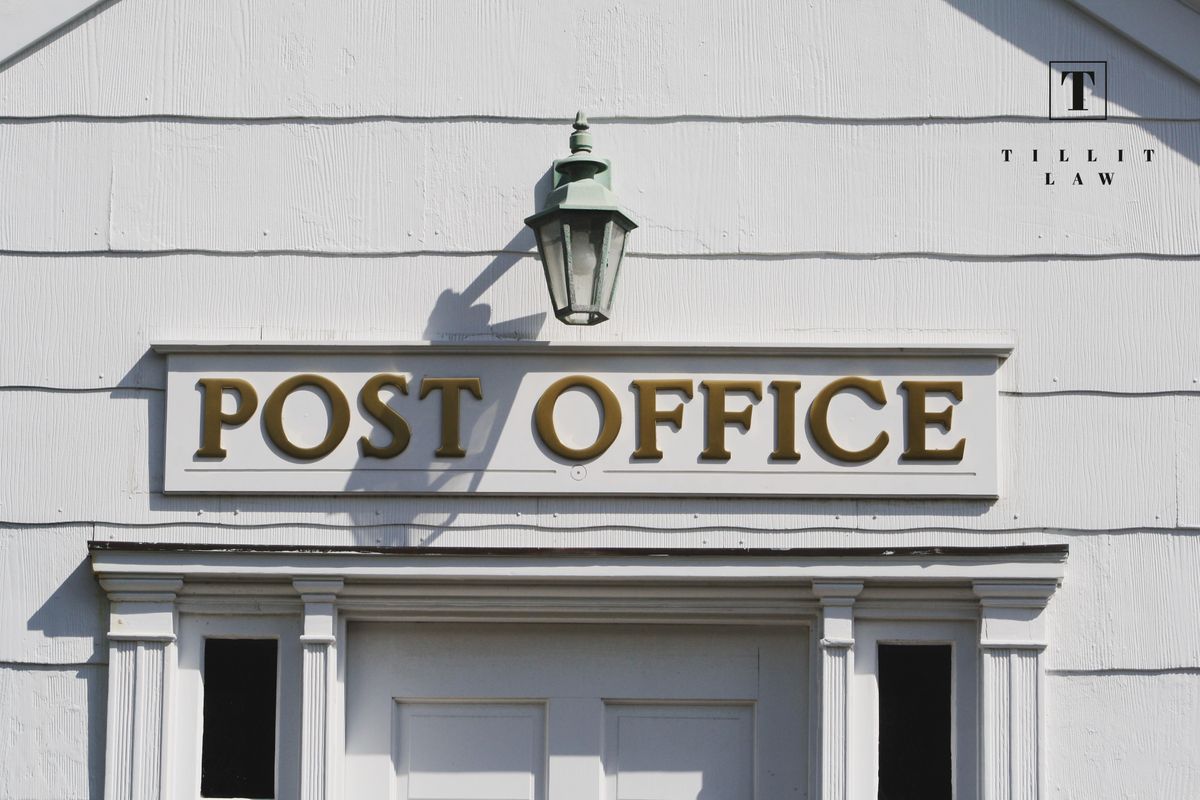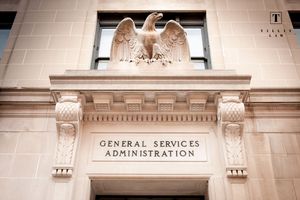Once a contractor submits a claim to the government under the Contract Disputes Act (CDA), the government is required to provide it a copy of the contracting officer’s final decision (COFD). The receipt of the COFD by the contractor is a key event in the lifecycle of a CDA claim because it triggers the beginning of the statute of limitation period to appeal the COFD at a Board of Contract Appeals (BCA) or the Court of Federal Claims (COFC). Upon receipt of the COFD, the contractor has ninety (90) days to file an appeal at a BCA or twelve (12) months to file an appeal at the COFC. Since the statute of limitations is a condition on the waiver of the government’s sovereign immunity, adjudicative forums enforce it strictly as long as the government can establish, by evidence, the date on which the contractor received the COFD. The Federal Acquisition Regulation (FAR) § 33.211(b) obligates the contracting officer (CO) to furnish to the contractor a written copy of the COFD by certified mail, return receipt requested, or by any other method that generates evidence of receipt. Notably, the CO’s obligation to furnish a copy of the COFD to the contractor applies equally to all final decisions on claims, regardless of whether the contractor or the government initiates the claim.
Importantly, the actual physical receipt of the COFD is the primary consideration for the purposes of the running of the CDA statutory period for filing an appeal. In Riley & Ephriam Const. Co., Inc. v. U.S., 408 F.3d 1369 (2005), the United States Court of Appeals for the Federal Circuit (CAFC) reversed and remanded a COFC summary judgment deeming the contractor’s claim as untimely filed under the CDA, as the government could not establish the actual receipt of the COFD by the contractor on an earlier date. In that case, the contractor could not complete the performance on the contract due to certain unforeseen conditions at the worksite. Consequently, at the end of the contract, the contractor submitted an equitable adjustment to the CO, which was eventually denied. On November 27, 2001, the CO mailed his final decision denying the contractor’s claim via certified mail to the contractor’s Post Office box (P.O. box) address on file for matters relating to the contract at issue. While the CO was adjudicating the claim, the contractor closed its corporate offices and ran the business from home. However, the contractor continued to maintain the P.O. box provided to the government for the contract at issue. The COFD arrived via certified mail at the Post Office on November 30, 2001. The Post Office duly placed a notice in the contractor’s P.O. box that the certified letter could be picked up at the Post Office counter. When the contractor failed to pick up the letter from the counter, the Post Office placed a second notice in the contractor’s P.O. box on December 19, 2001. The contractor again failed to claim the letter, and consequently, the Post Office returned the certified letter unsigned to the CO on December 29, 2001, thereby putting the CO on notice that the contractor had not received the COFD.
When the CO mailed the COFD to the contractor via certified mail, the CO also simultaneously faxed a copy of the same to the contractor’s attorney. As evidence of the fax transmission, the government produced a fax cover sheet, along with phone records, that indicated that a call had been made to the attorney’s law firm fax line on November 27, 2001. The government also provided a statement from the CO stating that the fax machine had electronically indicated that the fax transmission was successful. Notably, however, the government was unable to produce a fax transmittal sheet as evidence of receipt of the COFD by the contractor’s attorney. In January 2002, the CO called the contractor’s attorney to notify him of the returned certified mail and ask him if he would accept another copy of the COFD on behalf of the contractor. On January 30, 2002, the CO again faxed the attorney a message with the COFD. On January 24, 2003, slightly less than a year after the CO sent the second fax message, the contractor appealed the COFD at the COFC. The government moved for summary judgment, alleging that the contractor had violated the CDA’s statute of limitations time bar, which required the contractor to file the appeal at the COFC within one year of receiving the COFD.
Despite the government’s inability to produce a transmittal sheet, the COFC had found that both the certified letter and the fax sent on November 27, 2001, were received by the contractor to satisfy the requirements of the CDA. However, the CAFC reversed and remanded. Critically, the contractor’s attorney disputed receiving the November 27, 2001 fax from the CO. According to the contractor’s attorney, his law firm’s fax number had changed when the firm relocated. When combined with the government’s inability to produce a fax transmittal sheet, these contentions made by the contractor’s attorney were sufficient for the CAFC to find that the delivery of the COFD had not been completed for the purposes of the CDA. The CAFC ruled that proof of message exiting a fax machine alone could not serve as a proxy for proof of actual receipt of the message.
In addressing the certified letter which was received at the Post Office but not claimed by the contractor, the CAFC determined that even though it had held in its previous decisions that receipt of the COFD by the contractor was complete for the purposes of the CDA when a contractor’s representative received the COFD – no such relationship existed between the contractor and the Post Office in this case. The CAFC found that not only was there a complete lack of evidence demonstrating that the contractor had ever consented to the Post Office receiving its certified mail, but instead, the Post Office’s return of the entire letter to the CO marked as undeliverable, unaccepted, and unsigned by the contractor was, in fact, proof that the letter was not received by the contractor. In other words, the contractor and the Post Office did not have a principal-agent relationship that would allow for the acceptance of the letter by the contractor when it was received by the Post Office. Therefore, the government’s argument relating to the certified mail also failed, and the CAFC reversed and remanded the COFC’s summary judgment for the government.
Since the CDA links the appeals limitations period to receipt of the COFD by the contractor, it mechanically eliminates various disputes that may arise due to issues relating to the time of actual notice by the contractor. Examples of such receipt disputes can include the CO’s fault in misaddressing the letter, or any complications caused by the differing internal mail procedures of various contractors. Contractors should remember that the CDA requires the government to produce evidence of receipt of the COFD by the contractor. Therefore, the limitations period for filing an appeal is triggered on the date on which the government can successfully establish, by evidence, the receipt of the COFD by the contractor. From this date of receipt of the COFD, contractors have between ninety days to a year to appeal the COFD, depending on their choice of adjudicative forum. Contractors and their authorized representatives expecting a COFD on a claim submitted to the CO are thus well advised to carefully monitor their mail and electronic communications and note the date on which they receive the final decision to avoid running afoul of the CDA limitations period for filing a potential appeal.
This Federal Contract Claims Insight is provided as a general summary of the applicable law in the practice area and does not constitute legal advice. Contractors wishing to learn more are encouraged to consult the TILLIT LAW PLLC Client Portal or Contact Us to determine how the law would apply in a specific situation.





